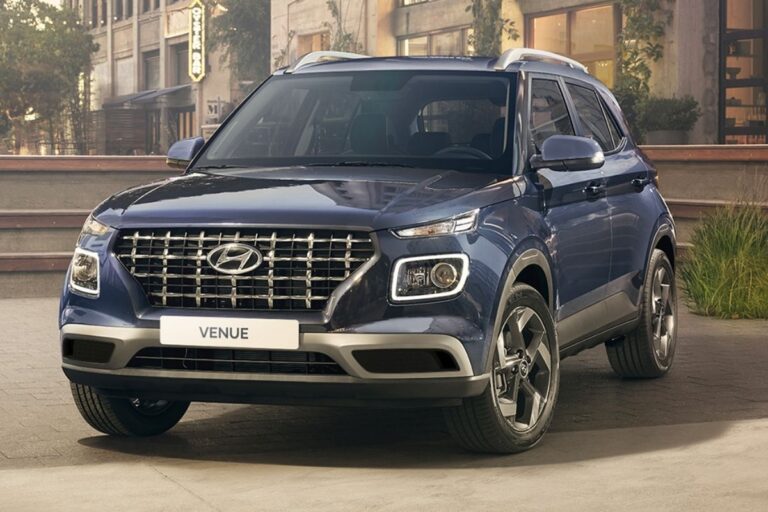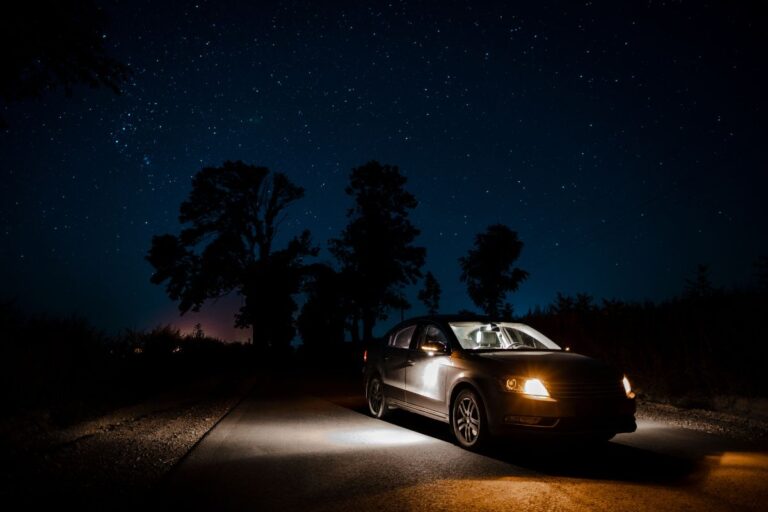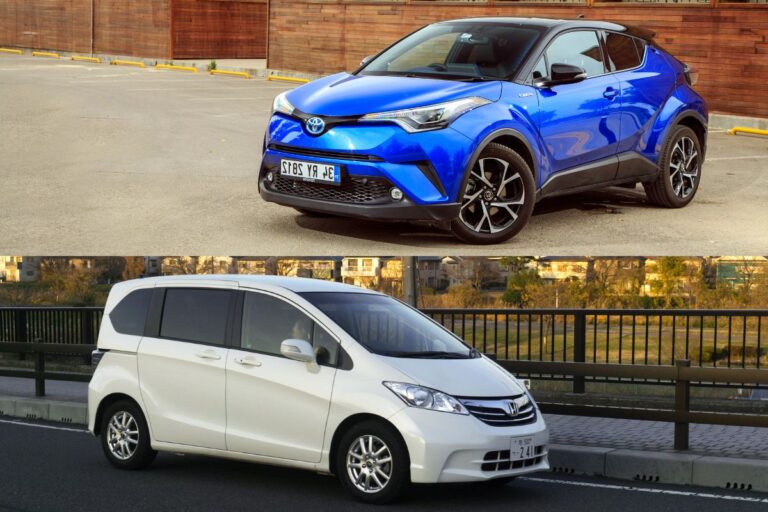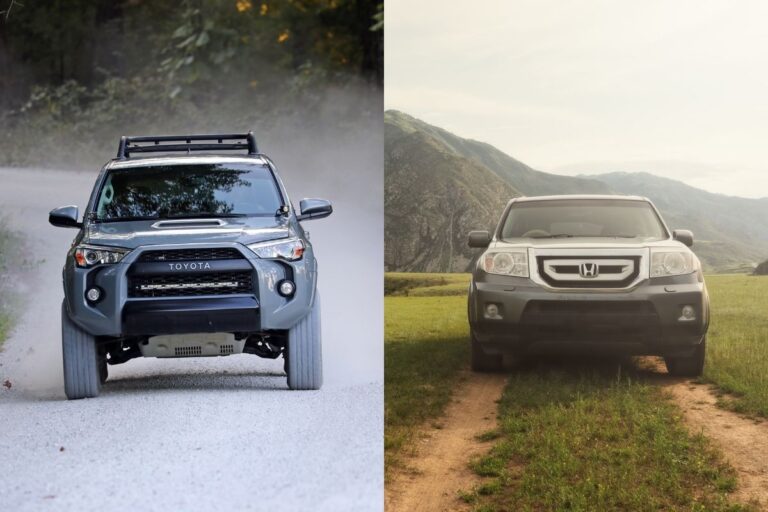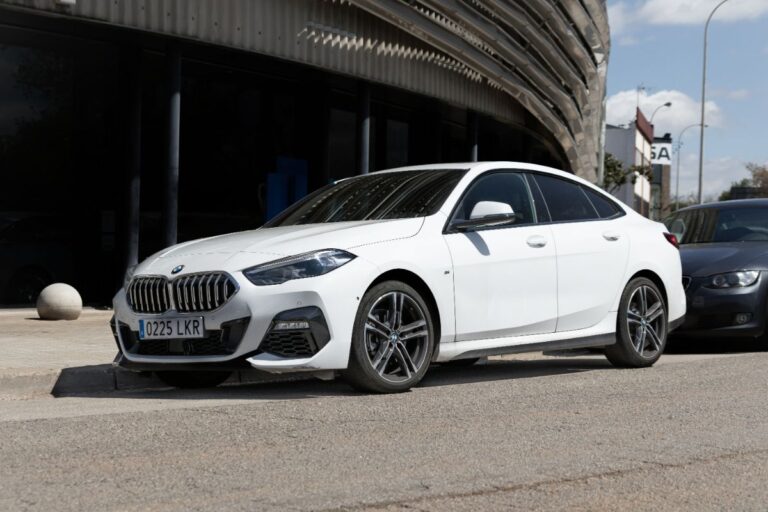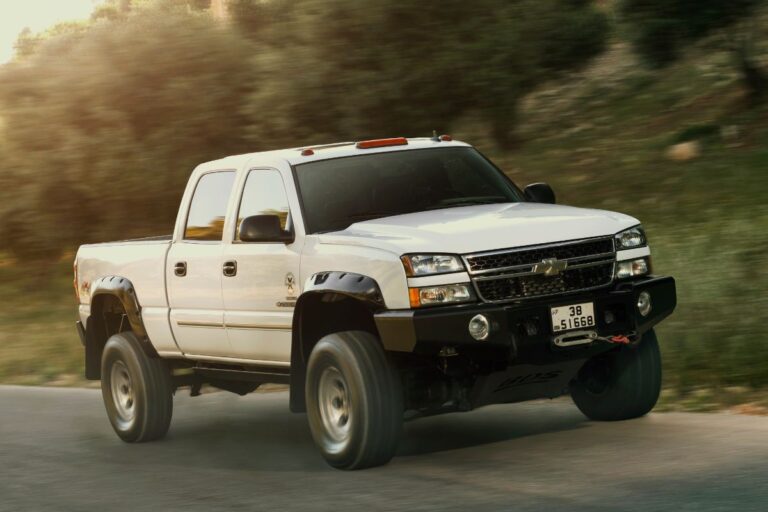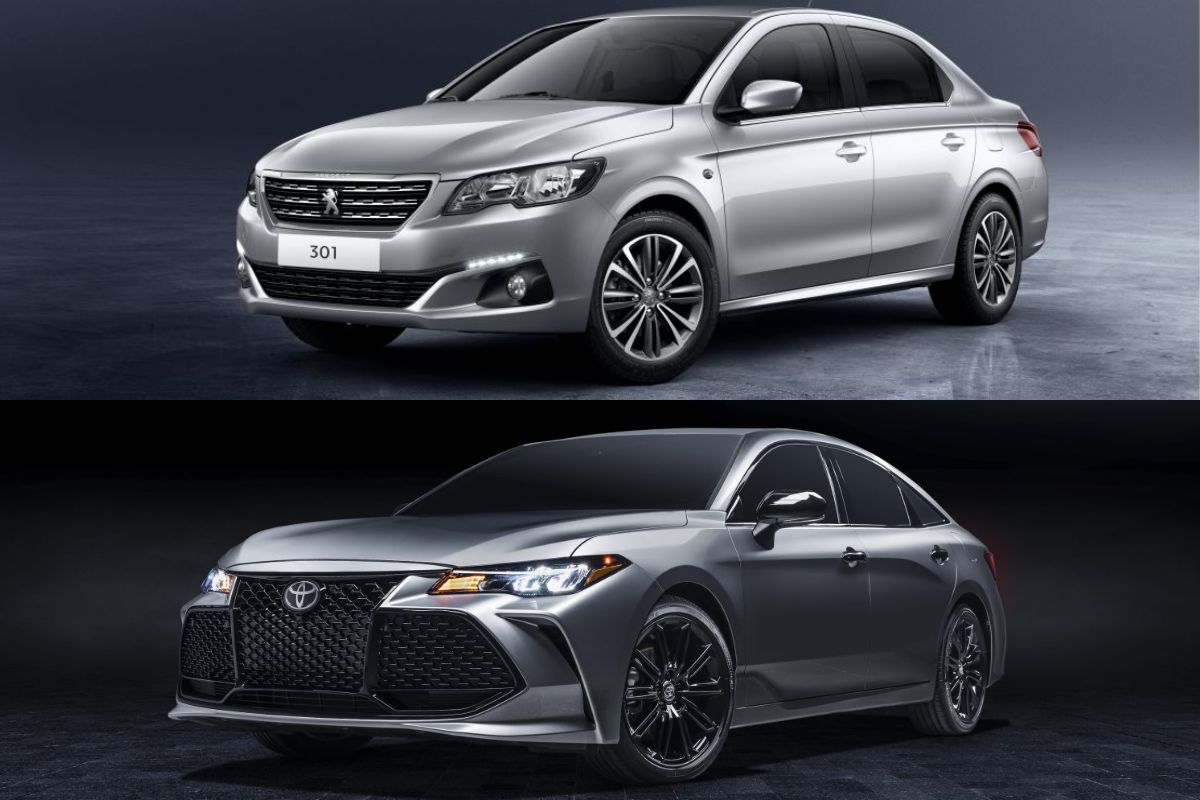
Rental cars come in all different classes, from compact to full-size. This is typically how they’re grouped according to price and use.
But what do these categories really mean? What makes a car standard, or full size? It’s up to individual rental companies to decide which makes and models classify, but there are some specifics that help us differentiate a standard car from a full-size car.
In this article, we’ll look at the differences between standard and full-size cars, and why you might want to consider one over the other.
What is a Standard Car?
A standard car isn’t average size – it’s large.
Standard cars can comfortably seat 5 people, with at least 2 large bags. These larger vehicles usually provide smooth rides and lots of leg room for long car drives. For drivers who prioritize comfort, standard cars often have more amenities and features than compact cars.
There is no accepted definition of what a “standard” car is, so one rental agency might classify a car as “mid-size” or “intermediate” while another will call it “standard.” However, it is agreed that standard cars are larger vehicles that can seat at least 5 passengers with several large bags.
Standard cars are ideal for average drivers in most situations, and so gas mileage is generally very good. A typical standard car is an excellent compromise between comfort and space and gas mileage.
Some examples of standard-sized cars are:
- Ford Taurus
- Peugeot 301
- Ford Focus
- Nissan Altima
- Pontiac Grand Am
- Volkswagon Jetta
- Buck Verano
What is a Full-Size Car?
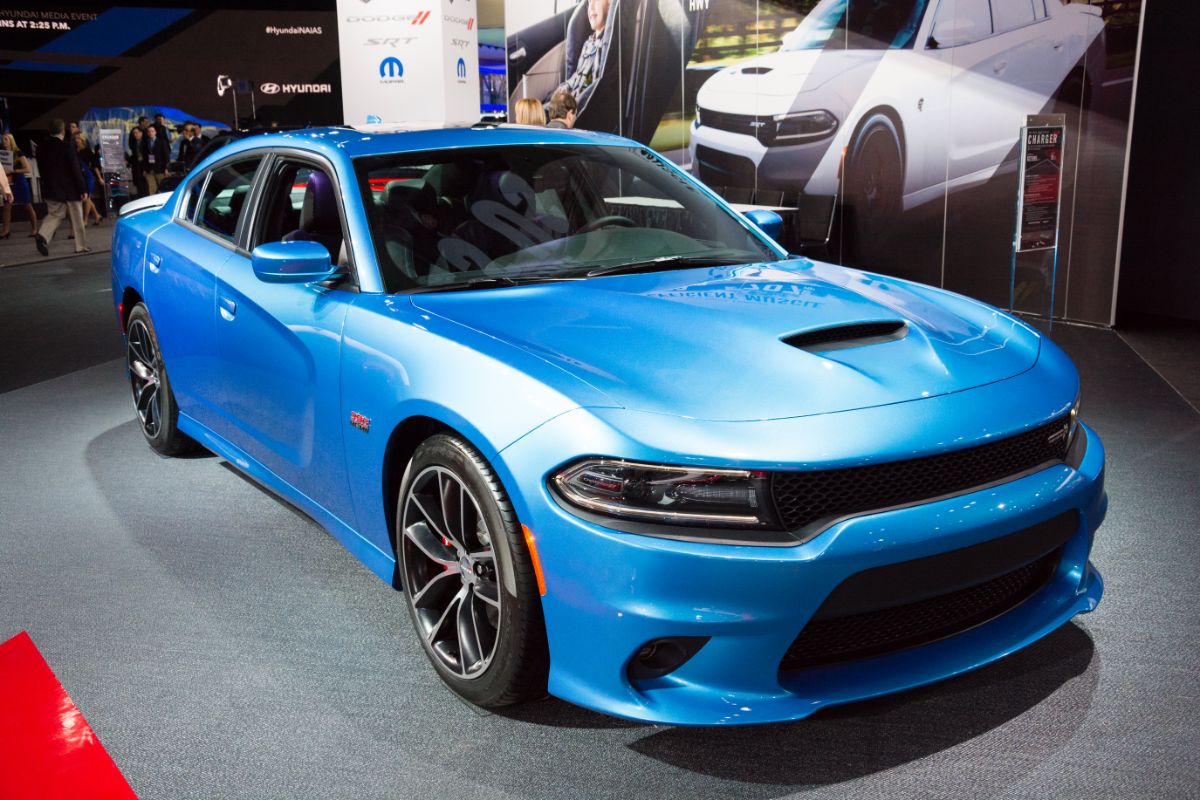
A full-size car is larger than a standard car. It’s the largest four-door sedan-style vehicle you can get without reaching the SUV class. A full-size car is just that – a car, but larger than other cars. A full-size car is ideal for long trips and transporting lots of luggage, without resorting to using a minivan or SUV.
You’ll get more luxuries and features on average with full-size cars, since they are typically more expensive cars, but you’ll also spend more on fueling them up. Full-size cars have worse gas mileage than standard cars. In some cases, they can be harder to drive too, especially in busy traffic in urban environments.
However, a full-size car might be perfect for you if you want to take a longer trip and transport lots of luggage.
Some examples of full-size cars are:
- Dodge Charger
- Chrysler 300
- Toyota Avalon
- Ford Fusion
- Toyota Camry
- Kia Cadenza
- Chevrolet Impala
- Nissan Maxima
A Brief History of the Full-Size Car
The full-size car is a very American invention, designed with plenty of room to travel on the wide highways in the United States.
Full-size cars, whether station wagons or sedans, have always been the perfect road-trip vehicle for a country crisscrossed with highways. The station wagon is the ancestor of the modern full-size sedan. Although the station wagon style is out of fashion now, in the past these larger cars were ideal for transporting families with lots of luggage on road trips.
In 1977, the EPA published fuel economy standards that identified full-size cars as any cars that have an interior cubic volume greater than 120 cubic feet for sedans, or 160 cubic feet for station wagons. This set up the classification of larger vehicles with increased interior space, which also tend to see lower gas mileage.
As fuel efficiency became more of a concern, full-size cars became less popular since they cost so much to operate. This has led to full-size cars incorporating more and more luxury features to appeal to high-end consumers. Today, full-size cars are not the most cost-effective cars to own and operate, but they still beat standard and compact cars when it comes to comfort and luxury.
What Are the Features of a Standard Car?
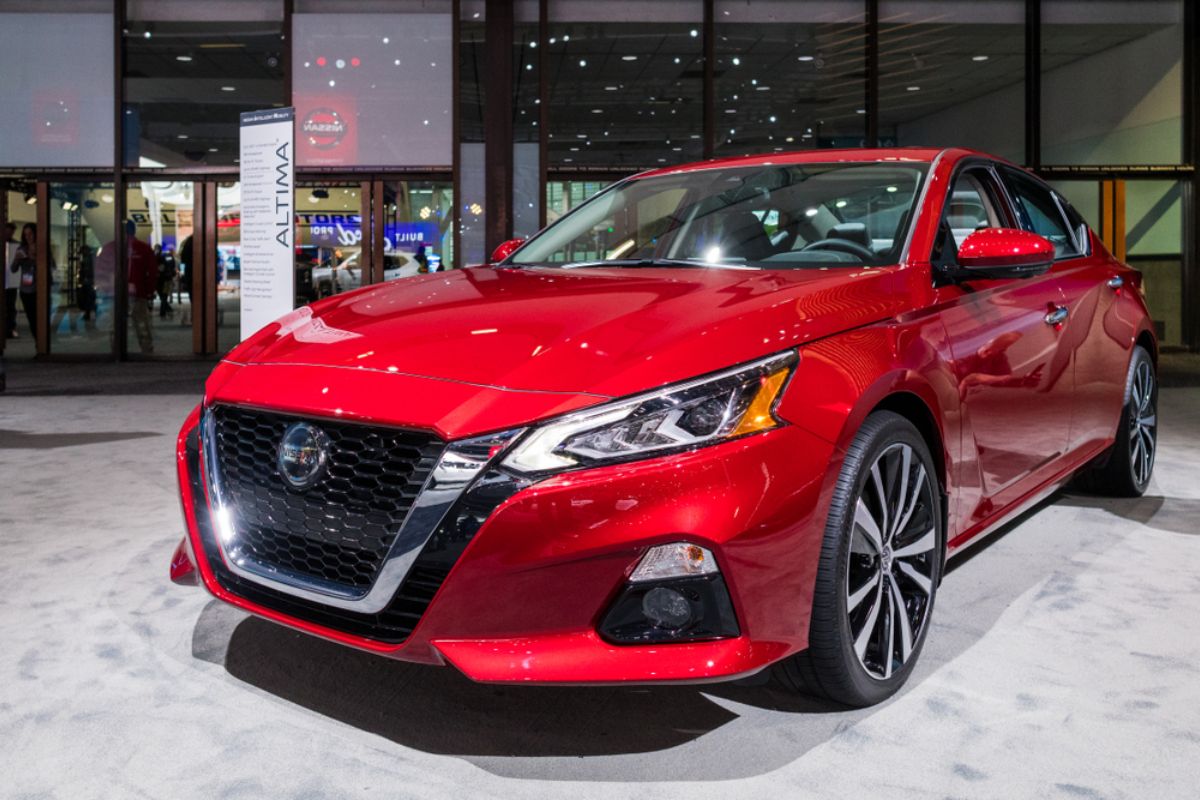
A standard car can comfortably seat 4 or 5 people, along with some luggage. Standard cars are larger and more spacious than compact cars. They also have more leg room and space for luggage.
Standard cars are also sometimes called mid-size or intermediate. They are a kind of “in-between” size class, with one foot in the economy class with lower gas mileage and the other in the luxury sedan class, with more room for luggage and more additional features like air-conditioning. This makes a standard car an excellent choice for average drivers in most situations.
Driving in the city or on the highway is equally easy and comfortable in a standard car. You don’t have to worry about being too hot or too cold while you navigate, with AC and heating. Standard cars are also smaller than full-size cars or SUVs, are nimbler than full-size cars, and are easier to manage in tight urban spaces.
What Are the Features of a Full-Size Car?
Full-size cars are the largest sedans you can get, and the biggest vehicles you can get before you start looking into vans and SUVs.
The most obvious feature of a full-size car is its… well, size. Full-size cars are larger than standard cars. They have to be, to have so much interior space. However, this can also make them a little harder to drive and sometimes park, especially in tight spaces.
With all of that size comes decreased fuel efficiency, and higher prices at the gas pumps. However, that is all worth it for fans of full-size cars – from classic car owners to luxury car aficionados.
Full-size cars typically include more features than standard or compact cars, which might include air-conditioning, heating, satellite radio, and lots of leg room.
Which Is More Expensive, a Standard or a Full-Size Car?
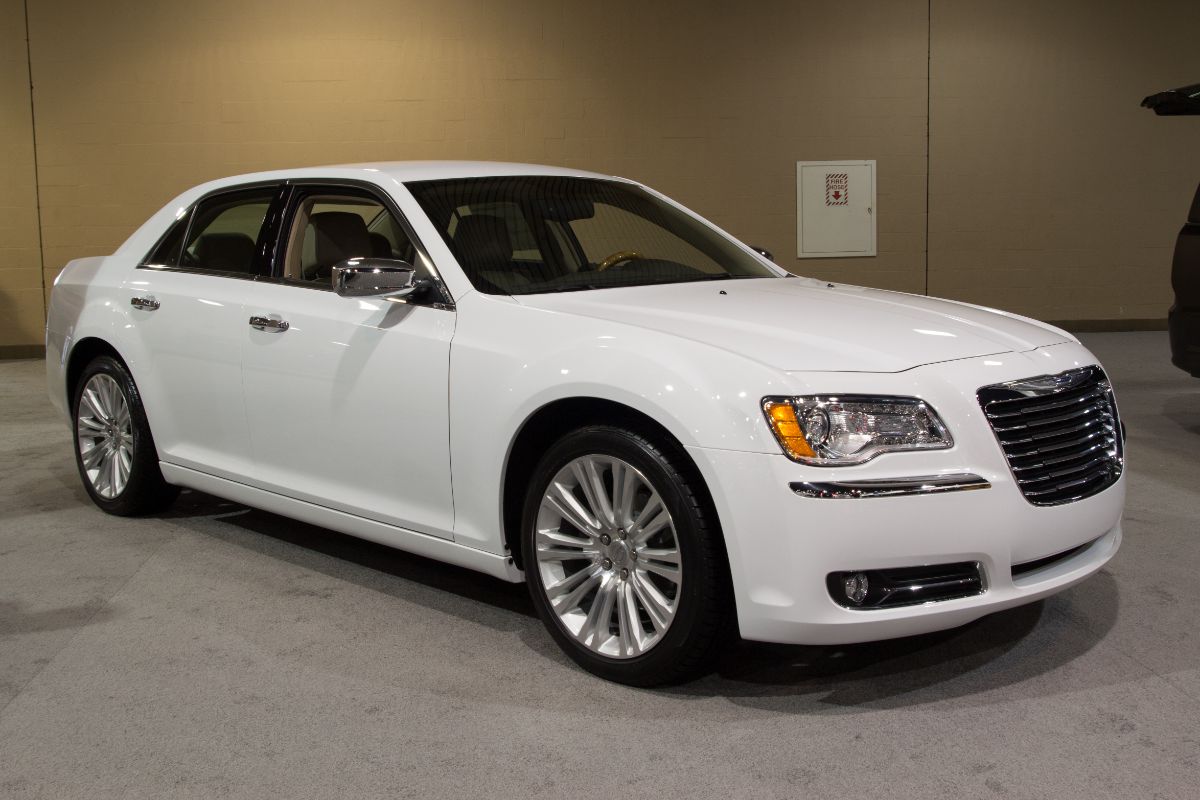
It sometimes confuses people who are renting cars that a full-size car is cheaper than a standard car. After all, if you were to buy one of these cars, you would find that the full-size car is consistently more expensive.
Full-size cars take more material to make and often include more luxury features than standard cars. Sometimes this is paired with equal boosts in performance, as full-size cars often include classic muscle cars and modern performance sedans. However, it is usually cheaper to rent a full-size car than it is to rent a standard car.
This is primarily due to gas mileage. It costs more to run a full-size car on a daily basis than it does a standard car, and this increased cost is undesirable enough that most customers prefer a standard or economy vehicle.
To compensate, rental agencies make the full-size models cheaper. They are often happy to “upgrade” unhappy customers to full-size cars since they are often unrented. Standard cars are cheaper to buy outright, but more expensive to rent, than full-size cars.
What are the Benefits of a Standard Car?
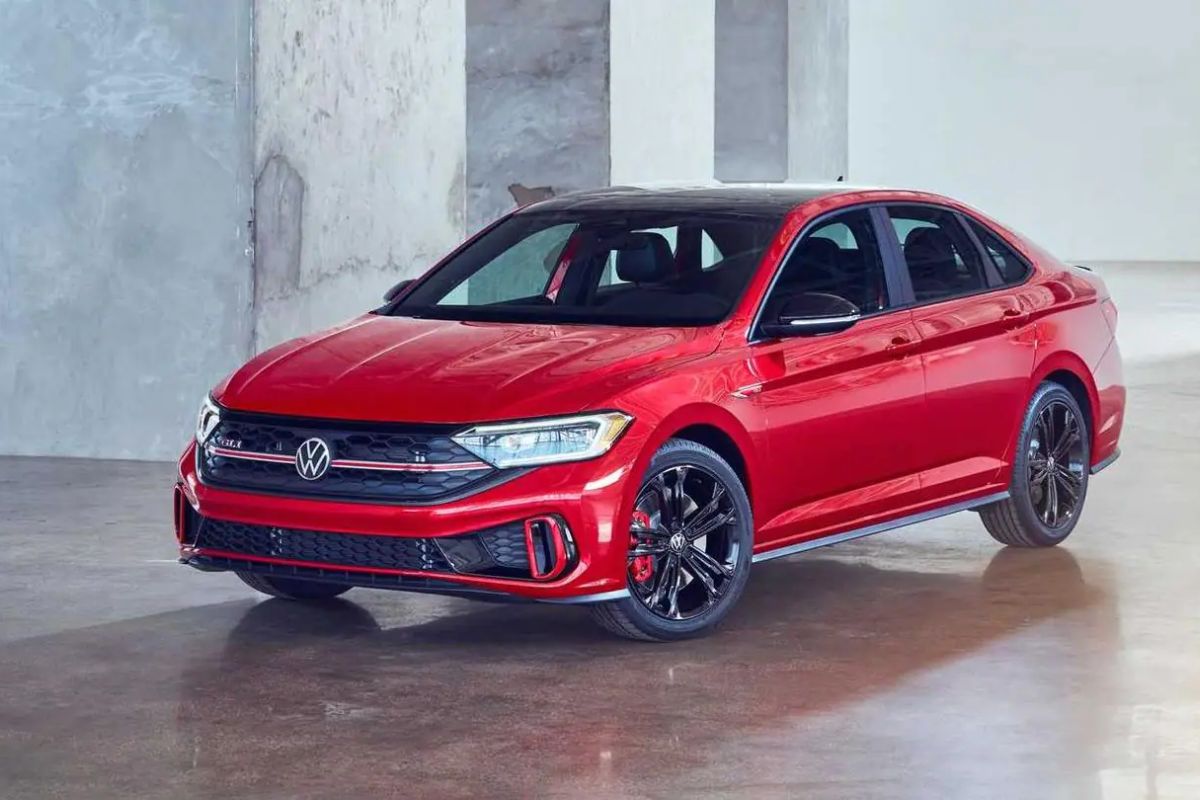
A standard car is a better choice than a compact or economy car for drivers that are transporting more than 3 people, and some bags or luggage. Standard cars have more room for both passengers and luggage, which also makes them a better choice for longer-distance trips that might take multiple hours.
Standard cars are versatile. They are designed suitable for average drivers in average conditions, so if you rent a standard car it’s hard to go wrong. It’s a safe choice with excellent gas mileage and a size that is large enough to transport your bags and passengers but small enough that it’s easy to manage in traffic. You can drive easily in the city or on the highway.
Standard cars are comfortable. They have more luxury features on average than compact or economy cars and also more space to stretch out.
If you’re not sure what you want but you need a car that will be there for you in any situation, with all of the luxuries you need and the space to take all of your stuff but decent gas mileage to keep your costs down, a standard car is perfect for you.
What are the Benefits of a Full-Size Car?
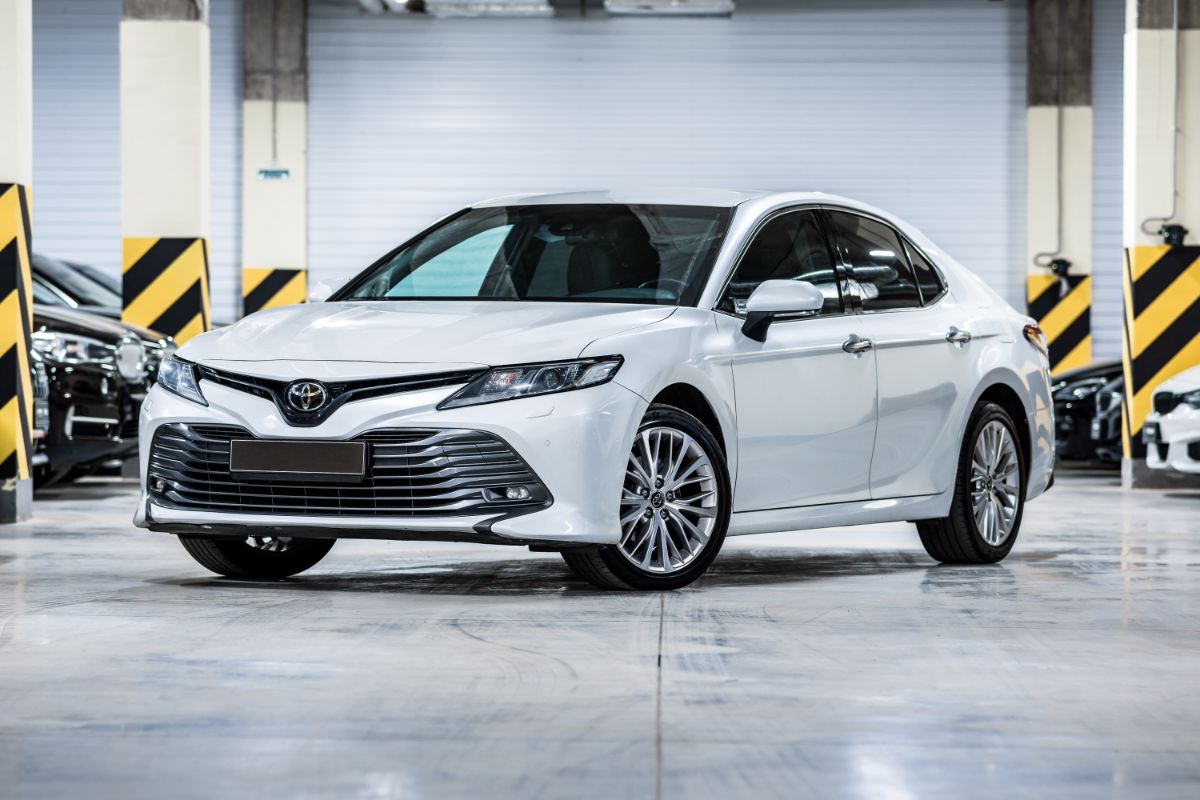
The best part of a full-size car isn’t just the size – which is enough for you to bring friends and all of their luggage – it’s the comfort and luxury that comes along with these vehicles.
Full-size cars are big. You won’t have to worry about leg room or space for your shopping bags. This is convenient for short trips, but it really shines on long-distance car trips with multiple people. The additional space makes a big difference.
Full-size cars are comfortable. They come with even more luxury features than standard cars and often include the best of the best in increasing your comfort – like heated seats, massage seats, and entertainment systems. You can count on a smooth ride, a pleasant atmosphere, and at least a few nice features.
It’s fun to drive full-size cars. If you enjoy driving, you’ll probably get a kick out of the increased performance that many full-size cars get. With increased size comes an increased engine in many cases, and you can get your acceleration fix with a full-size car.
Similarities Between Standard and Full-Size Cars
These two size classes have a lot in common.
They’re large enough to include some luxury features, putting them outside of the general economy class. That doesn’t mean that every car in these size classes is the epitome of luxury, but in general, both standard and full-size cars are chosen by people who want to have a comfortable and classy driving experience.
They both have additional space. You can get from point A to point B in an economy-sized sedan, and even carry some bags with you, but both standard and full-size cars have enough space for bulky luggage on long trips. Full-size cars definitely have an advantage here, but both models are convenient for people who want more space.
Standard and full-size cars are large cars that are nice and comfortable.
How to Choose Between a Standard and a Full-Size Car
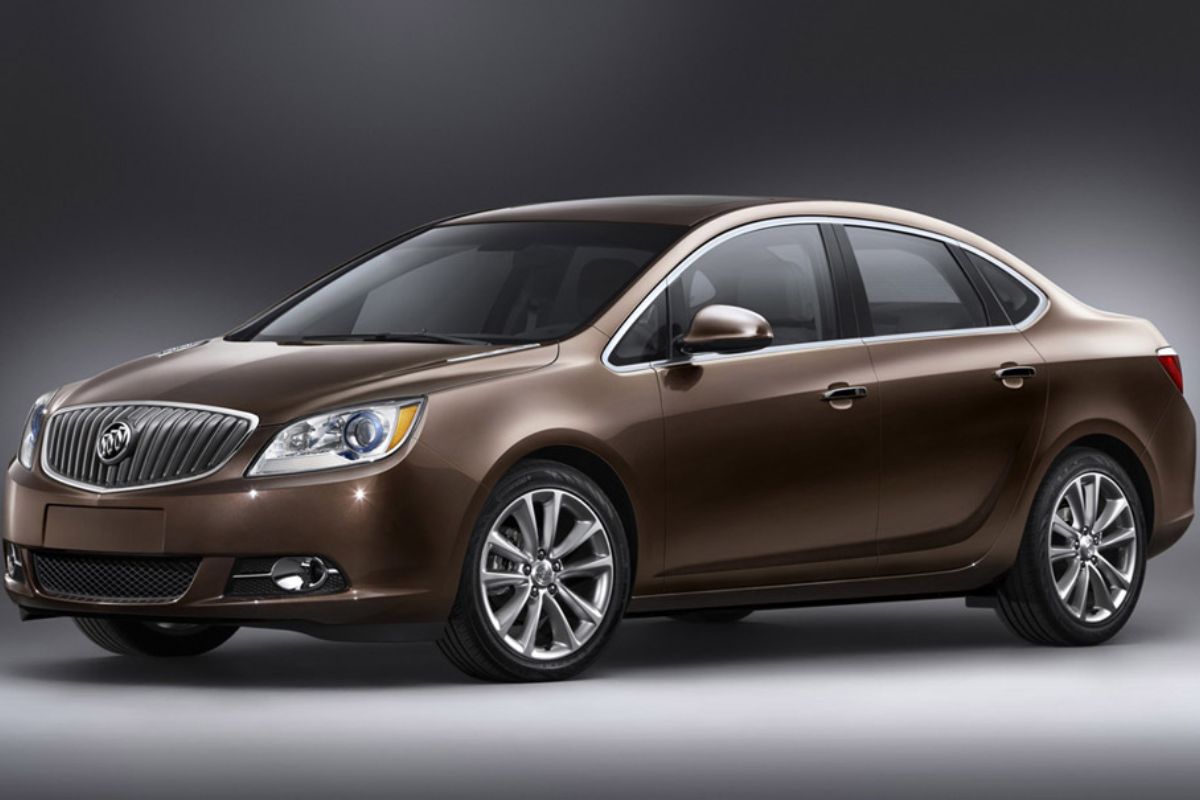
There are a few questions you need to ask yourself:
- How much money am I willing to spend?
- How many passengers (and how much luggage) do I need to transport?
- What do I want to do?
- Where do I want to go?
Although both standard and full-size cars will get you where you need to go in comfort, you will end up spending more on gas if you choose a full-size car.
If you think you’ll have 4 or fewer passengers, you might not need the additional space that a full-size car brings. After all, if you have an empty seat, that can be filled with luggage or bags. If you’re not going very far or using the car that much, it might be more convenient to select a standard car.
However, if you appreciate a little bit of extra comfort and luxury – or the extra performance that comes from an upgraded engine, in some cases – renting a full-size car can be an opportunity to enjoy a different driving experience.
Which is Better?
Full-size cars aren’t really better than standard cars, especially since they consume so much gas, which makes them more expensive to operate. However, standard cars aren’t necessarily better, either. They usually get better gas mileage but they have fewer luxury features and are more average when it comes to performance driving.
For practical rental purposes, standard cars are probably the right choice. They’re an average, safe choice for anyone. If you prefer a higher level of luxury and more performance, and you don’t care so much about gas mileage, a full-size car might be more in your lane.
Sources:

